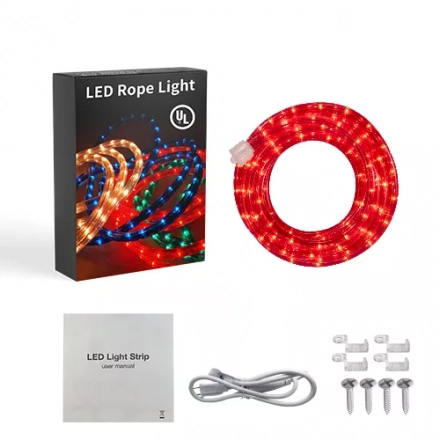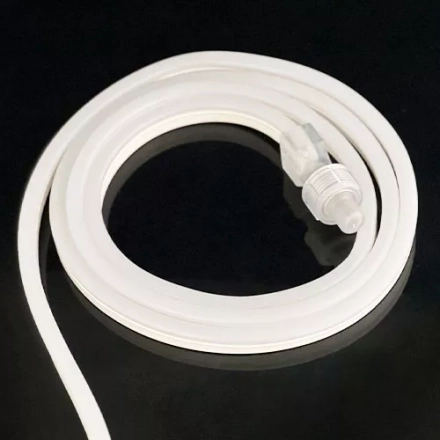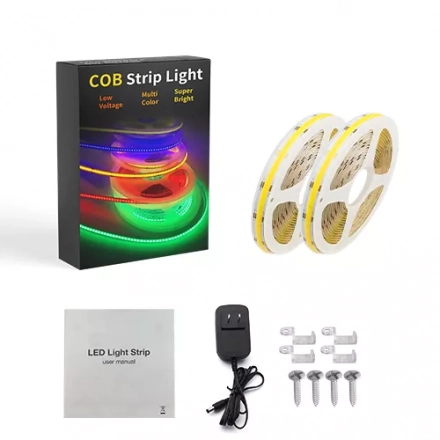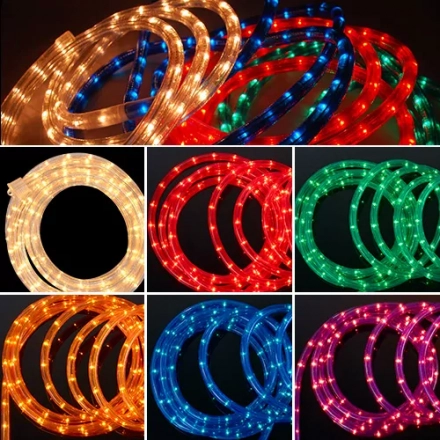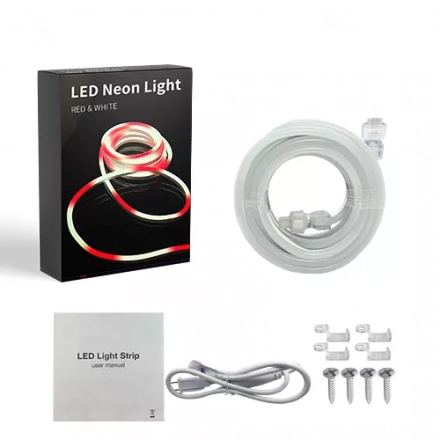Analyzing the Potential of LED Strip Light in aiding plant growth in a greenhouse
LED Strip Light has emerged as a popular lighting option for various applications, including horticulture. In recent years, there has been growing interest in utilizing LED strip lights in greenhouses to promote plant growth and enhance productivity. This article aims to objectively analyze the potential of LED strip lights in aiding plant growth in a greenhouse environment.
LED strip lights offer several advantages over traditional lighting sources such as fluorescent or incandescent bulbs. Firstly, LEDs are highly energy-efficient, consuming less power while delivering comparable or even superior light output. This efficiency translates to lower electricity costs, making LED strip lights a cost-effective choice for greenhouse owners. Additionally, LEDs have a longer lifespan, reducing the need for frequent replacements and maintenance.
One crucial aspect of LED strip lights is their ability to emit specific wavelengths of light. Plants have varying light requirements during different growth stages, and LED strip lights can be tailored to provide the optimal light spectrum for each phase. For instance, during the vegetative stage, plants require blue light for foliage growth, while red light is essential during the flowering and fruiting stages. LED strip lights can be customized to emit these specific wavelengths, ensuring that plants receive the right light spectrum at the right time.
Another advantage of LED strip lights is their compact and flexible design. These lights can be easily installed in different locations within a greenhouse, allowing for targeted illumination. By strategically positioning LED strip lights, growers can ensure uniform light distribution and minimize shadowing. This flexibility also enables the lights to be adjusted as per the changing needs of the plants, accommodating variations in growth patterns or different crop types.
LED strip lights are known for their low heat emission compared to other lighting options. This characteristic is particularly beneficial in a greenhouse setting, where temperature regulation is crucial for plant health. The reduced heat output of LED strip lights minimizes the risk of overheating and damage to sensitive plants. It also reduces the need for additional cooling systems, contributing to energy savings and overall operational efficiency.
Furthermore, LED strip lights can be controlled using advanced lighting management systems. These systems allow growers to precisely regulate light intensity, duration, and even create dynamic lighting schedules. By simulating natural daylight conditions, growers can optimize plant growth, manipulate flowering times, and regulate other physiological processes. The ability to program LED strip lights offers unparalleled control over the growth environment, enabling growers to maximize crop yields and quality.

